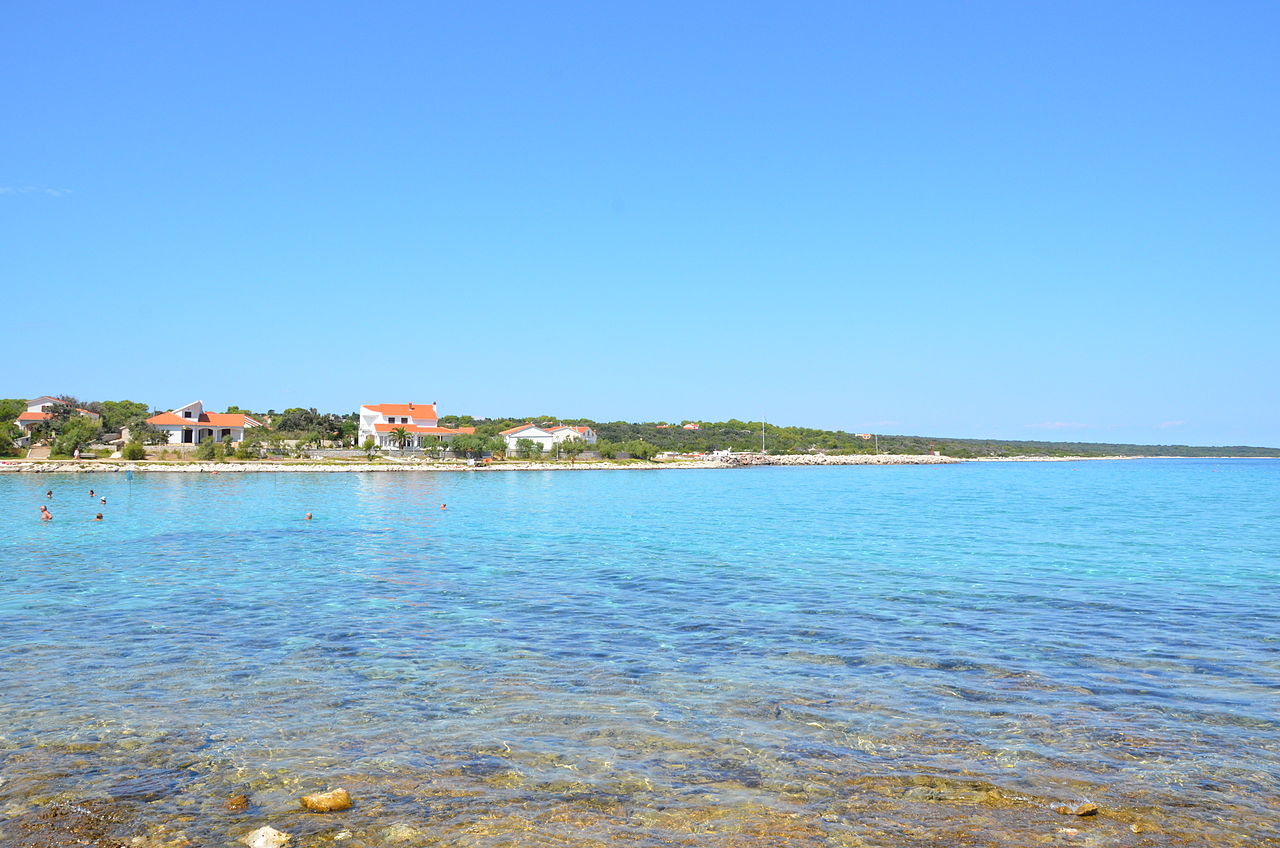Before pursuing an MSc in Climate Change Science and Policy at the University of Bristol, I completed my undergraduate studies in Environmental Science at the University of Colombo, Sri Lanka. During my final year I carried out a research project that explored the impact of extreme weather events on coconut productivity across the three climatic zones of Sri Lanka. A few months ago, I managed to get a paper published and I thought it would be a good idea to share my findings on this platform.
Climate change and crop productivity
There has been a growing concern about the impact of extreme weather events on crop production across the globe, Sri Lanka being no exception. Coconut is becoming a rare commodity in the country, due to several reasons including the changing climate. The price hike in coconuts over the last few years is a good indication of how climate change is affecting coconut productivity across the country. Most coconut trees are no longer bearing fruits and those that do, have nuts which are relatively very small in size.
Coconut production in Sri Lanka
Sri Lanka is among the top 5 largest producers of coconut, alongside Indonesia, Philippines, India and Brazil (FAOSTAT, 2014). Coconut is one of the major plantation crops in Sri Lanka and is second only to rice in providing nutrition (Samita & Lanka, 2000). Coconut cultivation represents 1/5th of the agricultural land of the country and significantly contributes to Sri Lanka’s Gross Domestic Product, export earnings and employment (Fernando et al., 2007).
Mature coconuts develop approximately eleven months after inflorescence opening (Figure 1). Of this, the first three months after inflorescence opening is said to be the most critical period as the young nuts are susceptible to climatic variation (Ranasinghe et al., 2015).
 |
| Figure 1: Development stages of a coconut bunch (Source: Coconut Research Institute, Sri Lanka) |
The coconut yield is influenced by climatic variables such as rainfall, temperature and relative humidity in addition to other external factors such as pest attacks, diseases, crop management, land suitability and nutrient availability (Peiris et al., 2008). Optimum weather conditions for the growth of coconut include a well distributed annual rainfall of about 1500 mm, a mean air temperature of 27°C and relative humidity of about 80-90% (Peiris et al., 1995).
Impact of extreme weather on coconut productivity
Our study analysed the impact of extreme weather events considering daily temperature and rainfall over a 21-year period (between 1995 and 2015) at selected coconut estates in the wet, dry and intermediate zones of Sri Lanka. The study revealed drought conditions during the first four months after inflorescence opening, had a negative impact on the coconut harvest in the dry and intermediate zones (as revealed by the statistical analyses and the model relationships developed in this study). Possible reasons for this include reduced pollen production due to the exposure of male flowers to elevated temperature (Burke, Velten, & Oliver, 2004) and flower and fruit abortions caused by high temperatures and absence of rainfall over an extended period of time (Nainanayake et al., 2008).
Drought conditions not only disrupt the physiological functions of the coconut palm, but also
contribute to incidences of pest attacks. At present, the Coconut Black Beetle and the Coconut Red
Weevil pose the greatest threat to coconut plantations in Sri Lanka. Drought conditions are very
conducive for Coconut Black Beetles to pupate deep in the soil (Nirula, 1955).
Implications of the findings
This study reinforces the importance of raising awareness on the implications of climate change on crop productivity. During my visits to the coconut plantations, the superintendents of the estates as well as the labourers appeared to be aware of the warming trend of the climate. They had adopted soil moisture conservation methods such as mulching, burying coconut husks and growing cover crops to prevent extreme evapotranspiration. These are short term solutions. If we are to think about sustaining the coconut cultivation in the long-term, it is important to focus our efforts on developing drought tolerant hybrids. Global climate is projected to change continuously due to various natural and anthropogenic reasons. Policy makers and market decision makers can utilize the knowledge on how coconuts respond to drought conditions to formulate better policies and prices. This information can enable us to be better prepared and minimize loss and damage caused by a drought resulting from climate change.
References
Burke, J. J., Velten, J., & Oliver, M. J. (2004). In vitro analysis of cotton pollen germination. Agronomy Journal, 96(2), 359–368.
FAOSTAT. (2014). Retrieved January 7, 2017, from http://www.fao.org/faostat/en/#data/QC/visualize
Fernando, M. T. N., Zubair, L., Peiris, T. S. G., Ranasinghe, C. S., & Ratnasiri, J. (2007). Economic Value of Climate Variability Impacts on Coconut Production in Sri Lanka.
Nainanayake, A., Ranasinghe, C. S., & Tennakoon, N. A. (2008). Effects of drip irrigation on canopy and soil temperature, leaf gas exchange, flowering and nut setting of mature coconut (Cocos nucifera L.). Journal of the National Science Foundation of Sri Lanka, 36(1), 33–40.
Nirula, K. K. (1955). Investigations on the pests of coconut palm. Part II Oryctes rhinoceros L. Indian Coconut Journal, 8(4), 30–79.
Peiris, T. S. G., Hansen, J. W., & Zubair, L. (2008). Use of seasonal climate information to predict coconut
production in Sri Lanka. International Journal of Climatology, 28, 103–110. http://doi.org/10.1002/joc
Peiris, T. S. G., Thattil, R. O., & Mahindapala, R. (1995). An analysis of the effect of climate and weather on coconut (Cocos nucifera). Journal of Experimental Agriculture, 31, 451–460.
Ranasinghe, C. S., Silva, L. R. S., & Premasiri, R. D. N. (2015). Major determinants of fruit set and yield fluctuation in coconut (Cocos nucifera L .). Journal of National Science Foundation of Sri Lanka, 43(3), 253–264.
Samita, S., & Lanka, S. (2000). Arrival Dates of Southwest Monsoon Rains – A Modeling Approach. Tropical Agricultural Research, 12, 265–275.
Acknowledgements: This post is based on a paper published with the support and guidance from my supervisors/ co-authors Dr Erandi Lokupitiya (University of Colombo, Sri Lanka), Dr Pramuditha Waidyarathne (Coconut Research Institute, Sri Lanka) and Dr Ravi Lokupitiya (University of Sri Jayewardenepura, Sri Lanka).
———————————-
 |
| Charuni Pathmeswaran |
























